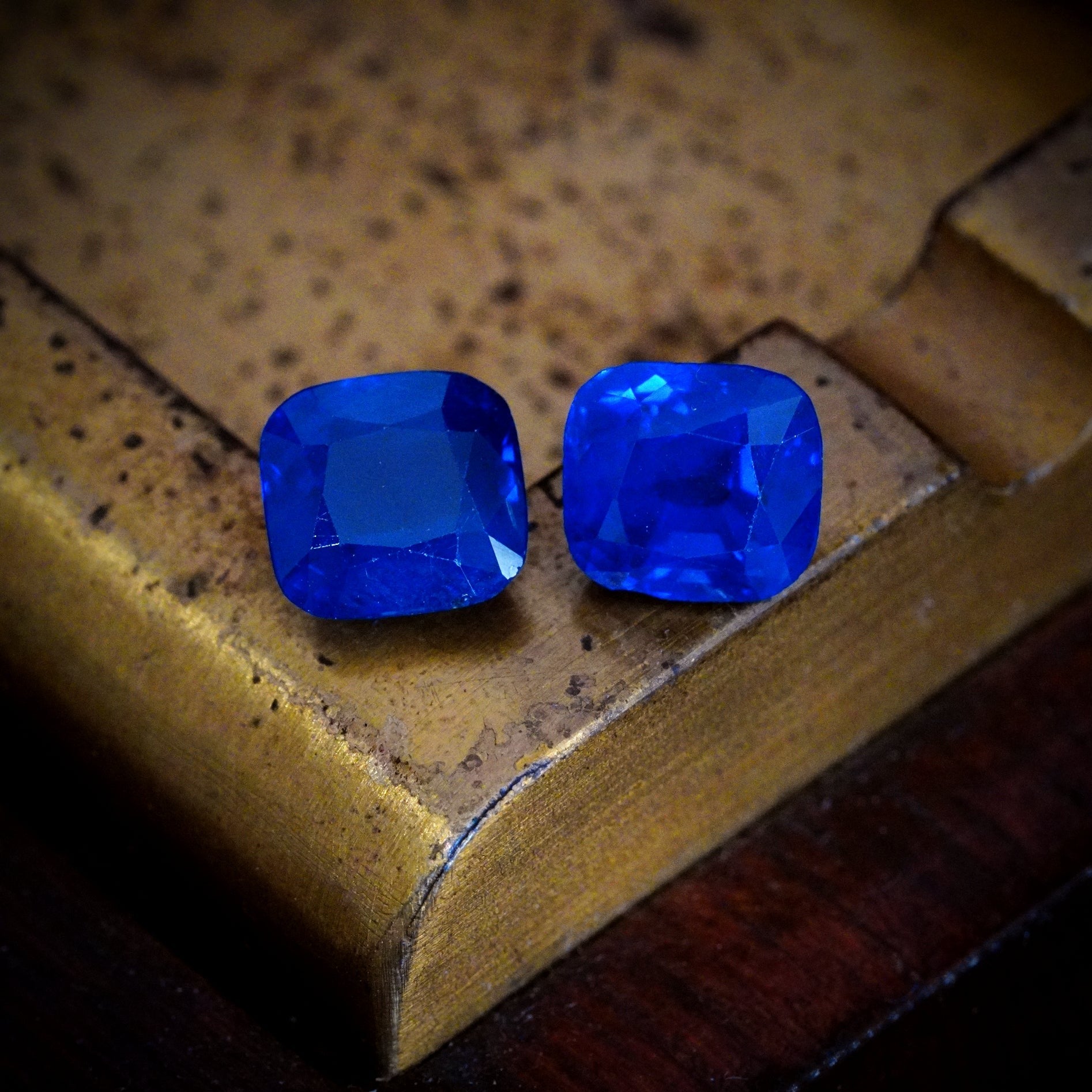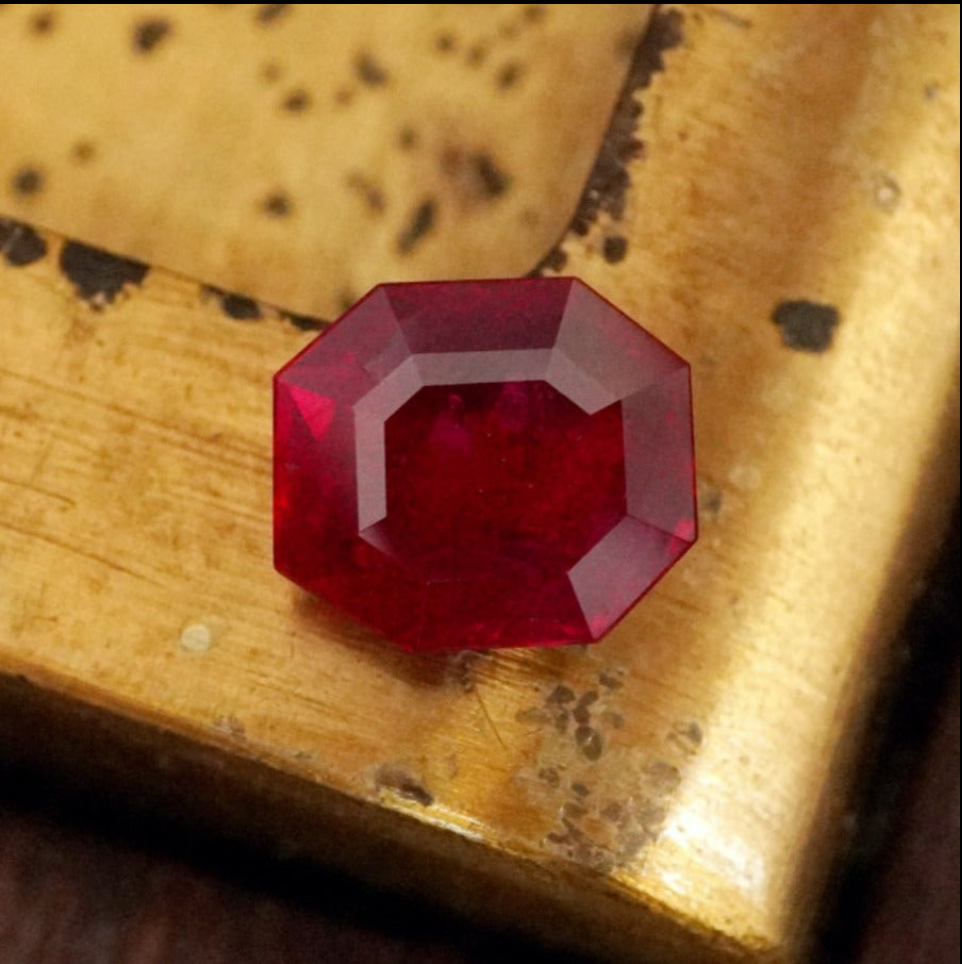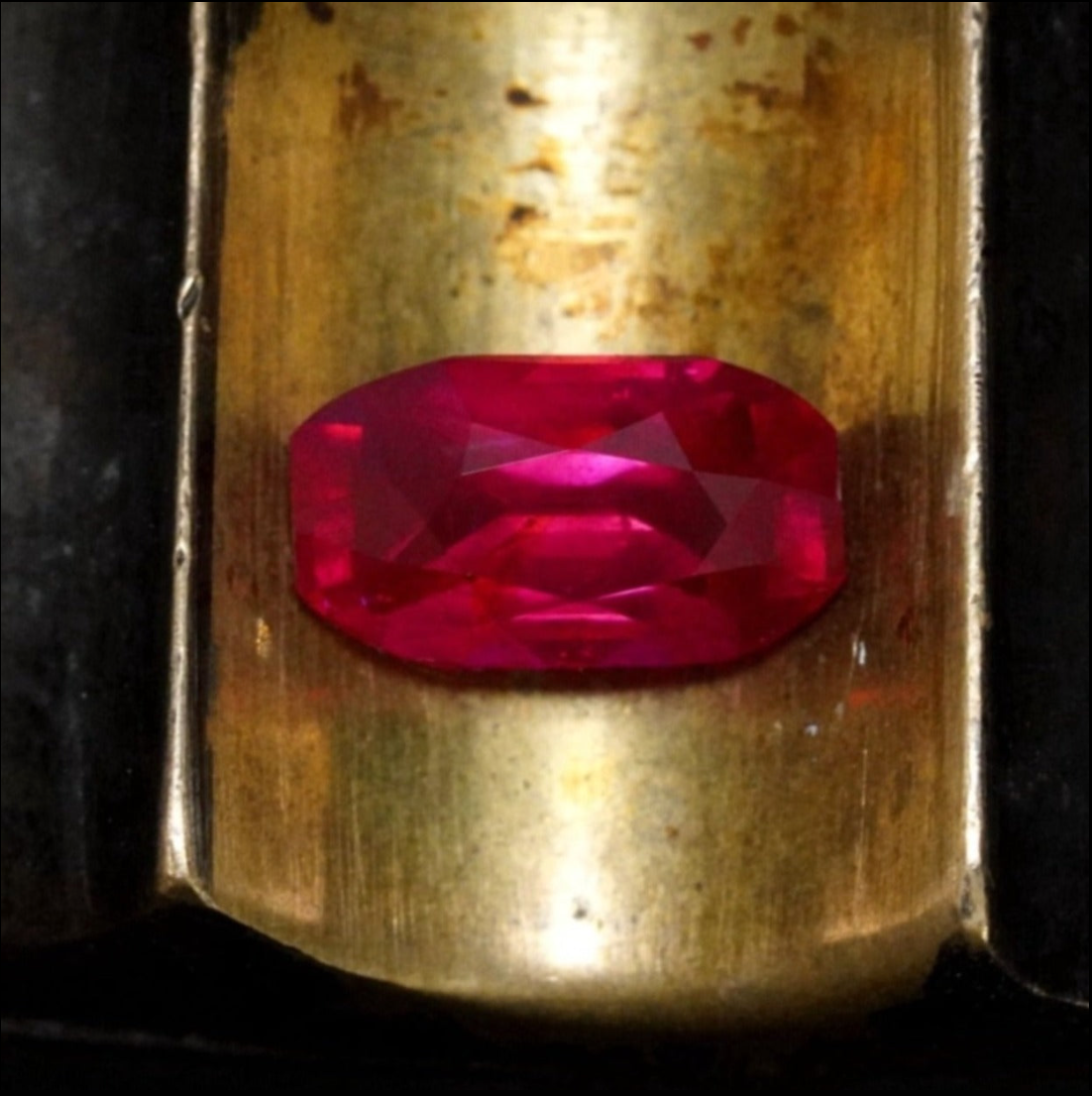
Why Are Kashmir Blue Sapphires ‘Velvety’ in Appearance?
In the world of gemstones, few possess the natural beauty, mystique, and legendary status of Kashmir sapphires. Renowned for their exceptional blue color and velvety texture, these unparalleled gems hold a special place in the hearts of gem enthusiasts and collectors worldwide. From their genesis amidst the Himalayan Mountains to their unique coloration and mesmerizing light-play within their crystal structure, Kashmir sapphires embody a symphony of geological artistry and limitless intrigue.
But what exactly imbues Kashmir sapphires with their distinctive velvety appearance in particular? Let’s delve into the geological and structural intricacies of these gems that render them truly exceptional.
Geological Genesis of Kashmir Sapphires
The great fascination with Kashmir sapphires begins with their unexpected discovery in 1881 in a nearly inaccessible glacial cirque thousands of feet high on the slopes of the Himalaya’s rugged Zanskar Range in the Paddar region of Kashmir.
Surprisingly, these silk inclusions don’t diminish the transparency of these sapphires; instead, they scatter the light that passes through the stones creating a soft, velvety effect that enchants observers with its ethereal allure. This appearance, also referred to as “sleepy” in the trade, contributes to the unique character of these sapphires and serves as a visual fingerprint of their Kashmir origin.
Kashmir Sapphire’s Crystal Structure
As a member of the corundum mineral family, sapphire has a trigonal crystal structure that not only underpins its optical properties but also plays a pivotal role in defining its aesthetic appeal. The arrangement of atoms within this structure intricately influences how light interacts with the gemstone, giving rise to its unique visual characteristics.

An antique ring from the Jogani collection featuring a 9.08-carat, unheated Kashmir sapphire with the characteristic "velvety" appearance.
In the case of Kashmir blue sapphires, the presence of silk inclusions within this crystal lattice amplifies the scattering of light. This intricate interplay between crystal structure and silk inclusions results in a mesmerizing velvety sheen that sets Kashmir sapphires apart, adding an extra layer of enchantment to these extraordinary gems.
Elemental Influence
The combination of trace elements further enriches the visual tapestry of Kashmir sapphires. Elements such as iron and titanium, nestled within the crystal lattice, exert a profound influence on the gemstone’s extraordinary vivid blue color—often called “cornflower blue”—a moderate purplish-blue, the finest of which is likened by those in India to the striking color of a peacock’s neck.
As light dances within the gemstone, it interacts with these elemental nuances, infusing depth and richness into the color palette, thereby accentuating the velvety texture that characterizes these gems.

In essence, the velvety appearance of Kashmir sapphires is a unique interplay of geological serendipity, crystallographic intricacies, and elemental alchemy. It’s the convergence of these factors that endows these gems with singular beauty and appeal, elevating them to the upper echelons of gemological marvels.
Top: A pair of cushion-cut Kashmir sapphires totaling 9.88 carats from the Jogani collection.


